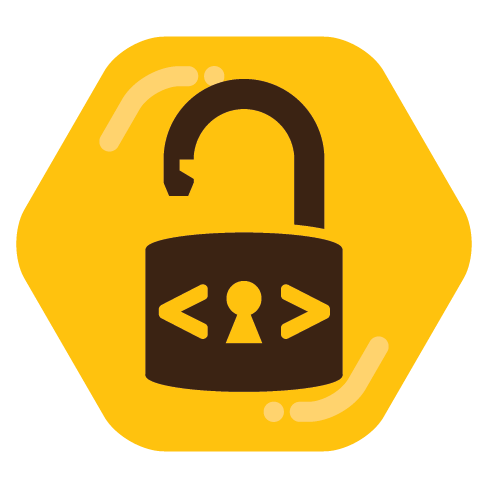

Already deleted organic maps and downloaded comaps instead and used it yesterday. Works great for navigation showing intersections and turns at a nice zoom level and clear guides. Love it over Google maps already.
Only major downside is live traffic and also that map changes for closed roads doesn’t seem to update the navigation. The navigation still takes me down a temporary closed road that as far as I can see on osm.org is marked as closed but I’m not sure who’s fault it is because the road is also still visible on osm.org and only by selecting the road and looking at metadata can I see that it is closed. Not sure how and where to report this bug.


Not open source but freeware and really simple and powerful. Absolutely no BS program and it just gets right to the business.
https://www.faststone.org/
I’ve used it for years on Windows. I wish there was a similar program for Linux thats just freaking works.
Forgot to mention that it is stupid farst since it preloads images into memory so it can display images instantly hence the name. Perfect for browsing network shares. I only used the faststone image viewer, so not sure how the other programs work but I’m sure they are great too.